Wildlife Signs - Who Did This?
The 250,000-acre corridor of the Appalachian Trail (A.T.) and its surrounding landscape are rich in natural and cultural resources. Running primarily along the Appalachian highlands, Trail lands protect headwater streams for major East Coast watersheds. These high elevation lands also provide critical habitat for plants, animals and fungi, including hundreds of rare species.
The Western MA A.T. Management Committee runs a robust program to catalog, monitor, and manage natural resources on A.T. trail lands in our state. This program is managed by Jim Pelletier in collaboration with AMC partner organizations and government entities.
Volunteers walk nine transects looking for signs of recent wildlife activity. Our experienced trackers lead these trips, which are well attended. Transect reports are then written summarizing the findings. Visit our committee page to see if we have an upcoming outing you can join.
Recent wildlife signs include: moose, bear, coyote, deer, otter, raccoon, and porcupine. Wildlife is also monitored via trailcams at three sites. View our video series of a bear sow with two new cubs snooping around the food storage box at Shaker Campsite.World Wildlife Day
World Wildlife Day (WWD) is observed on March 3rd every year. On this day we celebrate the wide variety of life on this planet – from the enormous blue whale to the delicate monarch butterfly – and recognize the unique roles and contributions of wildlife to people and our planet.
Celebrate WWD with us! Test your knowledge of wildlife signs in and around Massachusetts with our interactive quiz!

